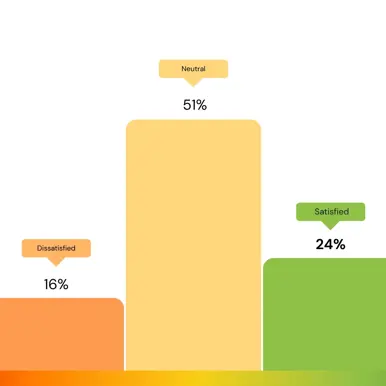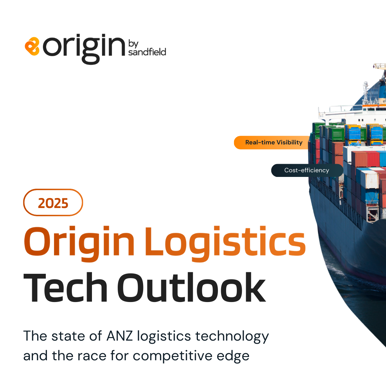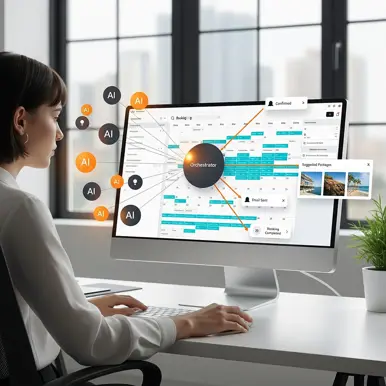Disruption is a term that is frequently used at the moment, disruptive technology, digital disruption or more accurately, disruptive business models. This is a great article from Fast Company on breakthrough Business Models versus breakthrough Technology. “Business models are what connects a technology’s potential with real market needs and consumer demand.”
Most often it’s startups that are making the connection and shaking up conventional business models and markets. Established businesses that already have customers and turnover are ideally placed to evolve their business models but they most often fail to do so.
Most mature businesses have lost the ability to evolve their business models at a speed that defends their market against an agile startup that designs, builds, deploys and scales their disruptive model in less time than it takes established competitors to change.
Reasons for this phenomenon are many, denial of imminent change is a big one, as change occurs there are many loud voices defending the status quo. I contend another key reason is that many companies have lost their ability to evolve their technology or IT platforms which makes disruptive change virtually impossible. They don’t invest and retain the internal capability to define and drive system change. In 2017 Deloittes estimated that only 16% of IT budgets were spent on innovation, with 57% of budgets spent on business operations and 26% spent on incremental business change. In effect, 83% of IT budgets were spent on keeping the lights on and making incremental, not disruptive change.
Over the last few decades, it’s become conventional wisdom for established companies to source their technology requirements from large, industry-specific package vendors. As one NZ CIO says, tongue firmly in cheek, “You’ll never get fired buying Microsoft”. Reducing risk has become paramount and it’s common for a business to standardise their processes to fit selected off-the-shelf packages to minimise software changes on implementation and also to avoid reapplying modifications every time they take an upgrade. In short, they make their business model fit the software that’s available.
Innovation is an awkward conversation in this risk-averse conservative-thinking IT environment and it becomes an impossible task to create a differentiated product and service while minimising change. The result is a one-size-fits-all methodology and the exact opposite of the strategy and culture required to evolve and pursue a disruptive business model.
In an earlier update, we acknowledged Mainfreight’s 40-year celebration and our gratitude for the partnership we have shared over almost 30 years. Over that time Sandfield developed from the ground up just two versions of Mainfreight’s core line of business app’s or “ERP”. Mainfreight owns the system, decides it’s priorities and rather than paying a Vendor License Fees puts the money towards constant improvements that have been derived from any one of hundreds of branches or their customers.
So, every minute of every hour of every day, the team at Sandfield are working to make Mainfreight’s system better, just for Mainfreight. Compare that to a company whose innovation is dependent on implementing software updates from a major vendor. These updates may not include improvements that match their priorities. These companies cannot evolve their system as effectively and this causes more frequent and often traumatic and expensive system changes. They run a system that is a solution to someone else's problem and a product that is roughly the same as their competitors.
Take Mainfreight’s ‘evolutionary innovation’ philosophy and execute it over months, years and then decades, and the result is a highly successful business that is quite different to one that has delegated innovation to a one-size-fits-all approach that is resistant to change and ignores disruption.
We were thrilled to see Kevin Drinkwater recognised as this years number one most innovative CIO in New Zealand. Kevin has guided Mainfreight’s IT strategy for over 30 years and richly deserves this acknowledgment.













